Spatial
Sufyaan Chuttur 3 The Shape of Void
-
School
University of Auckland
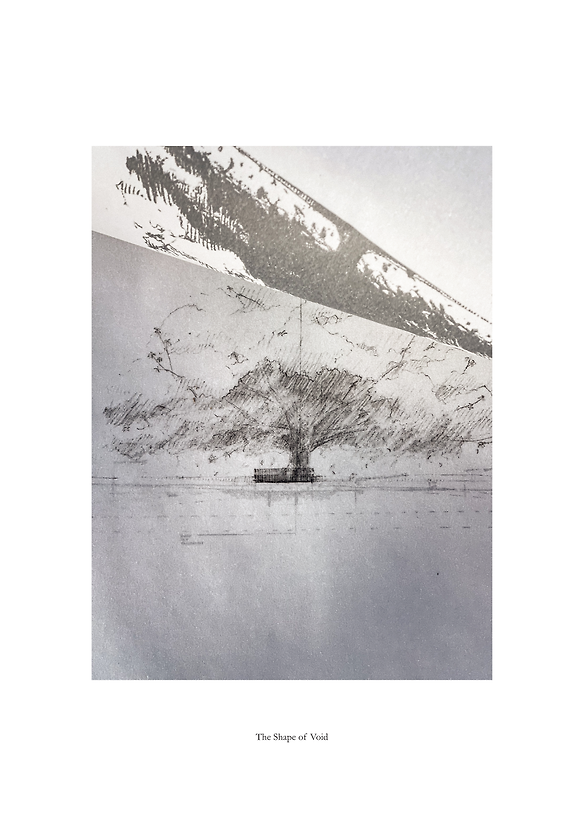
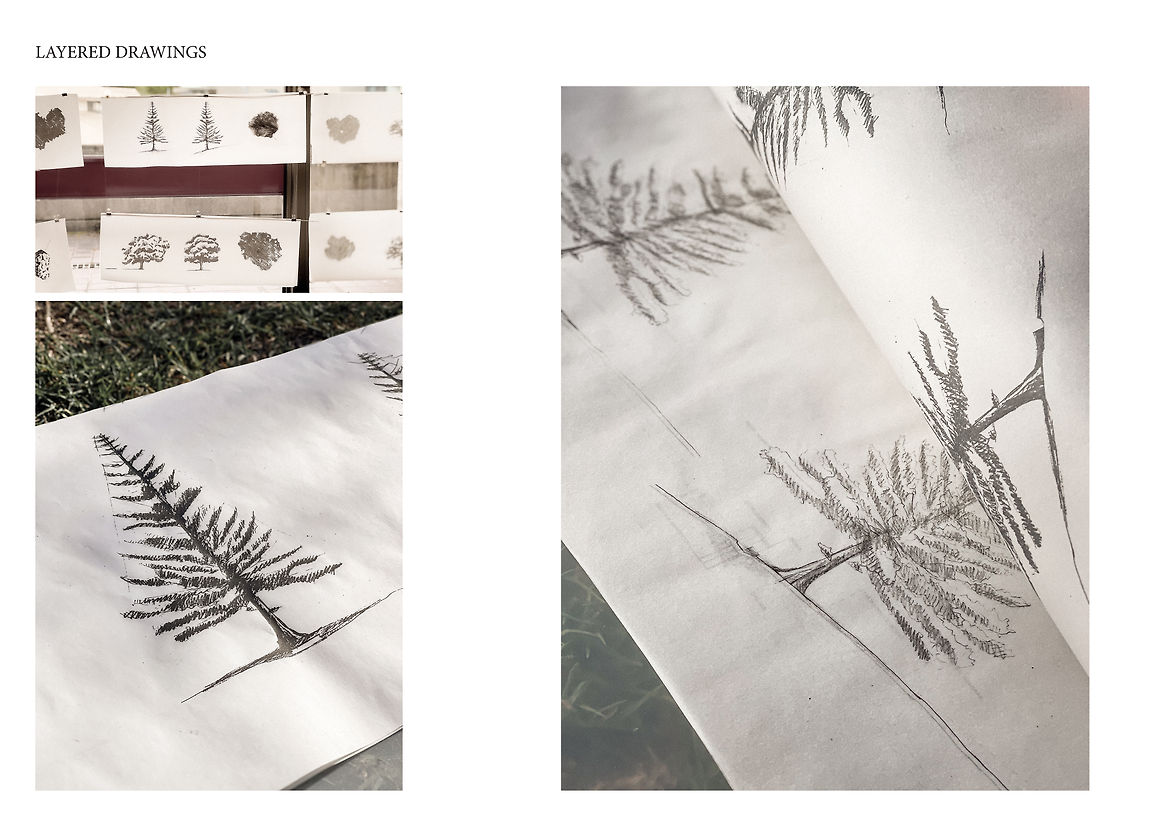
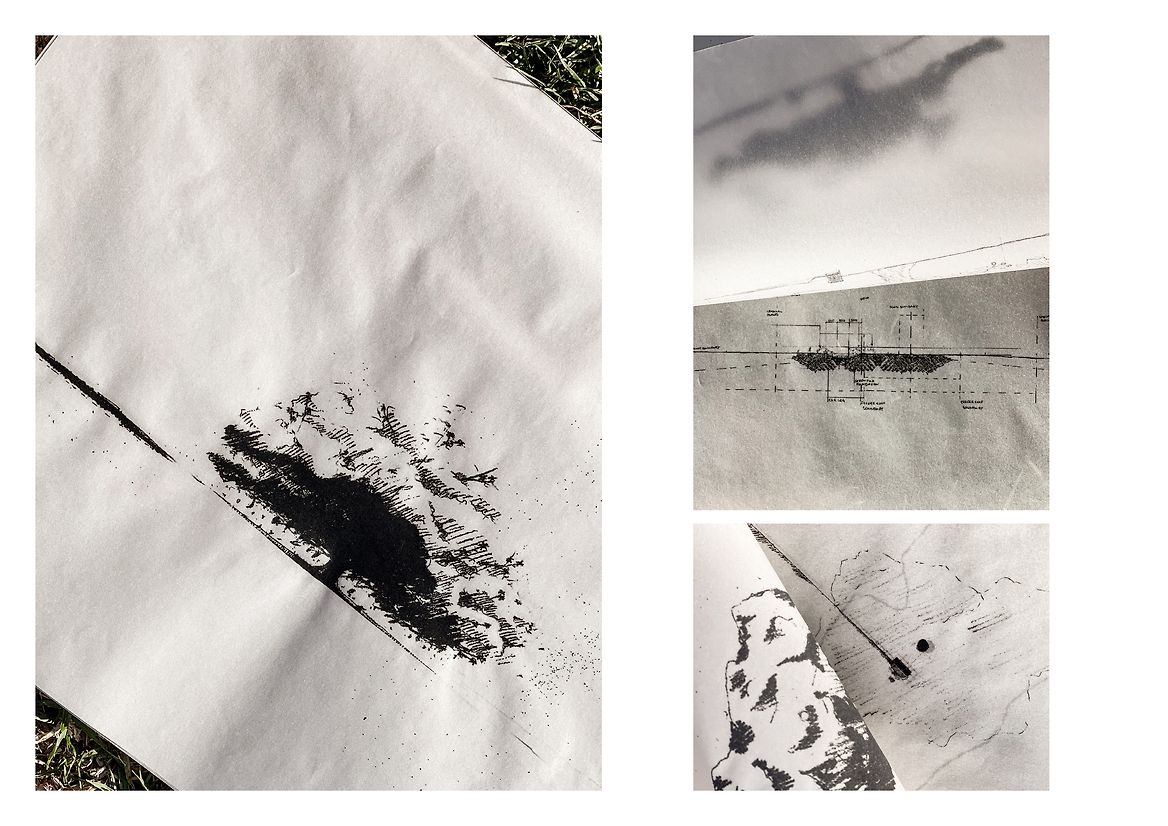
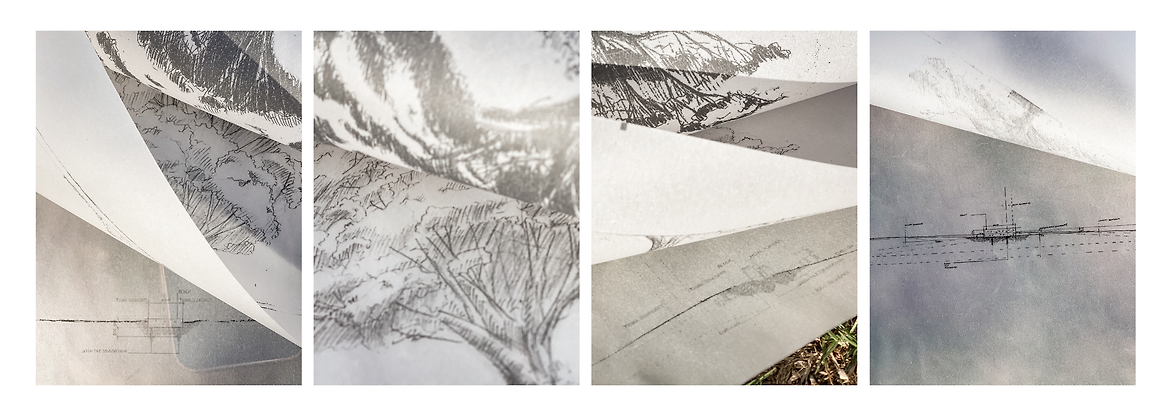
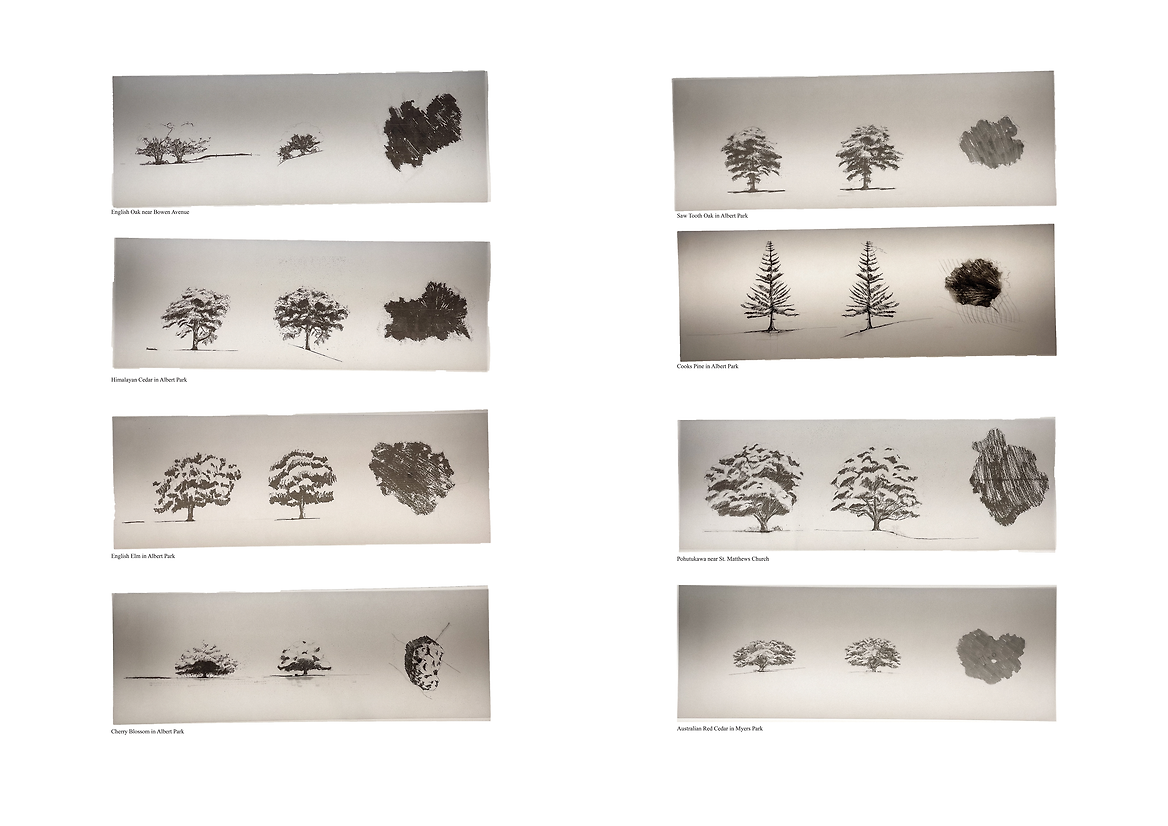
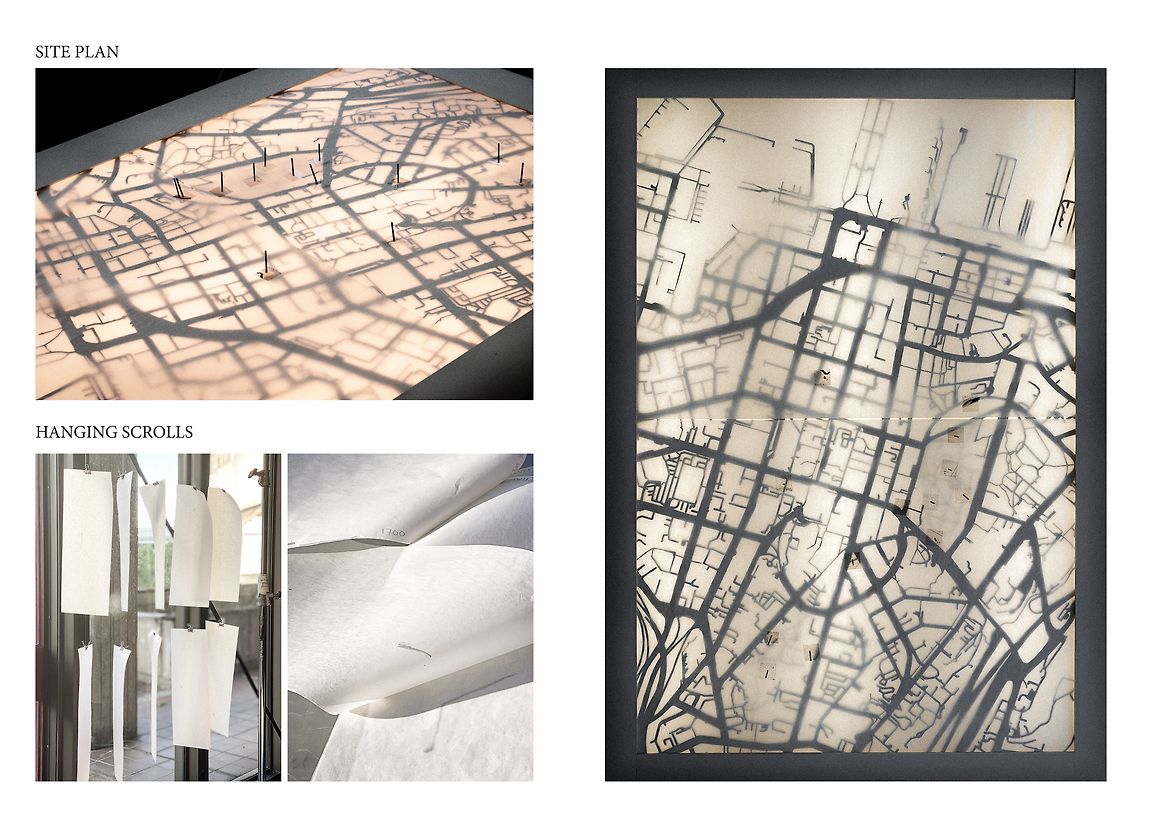
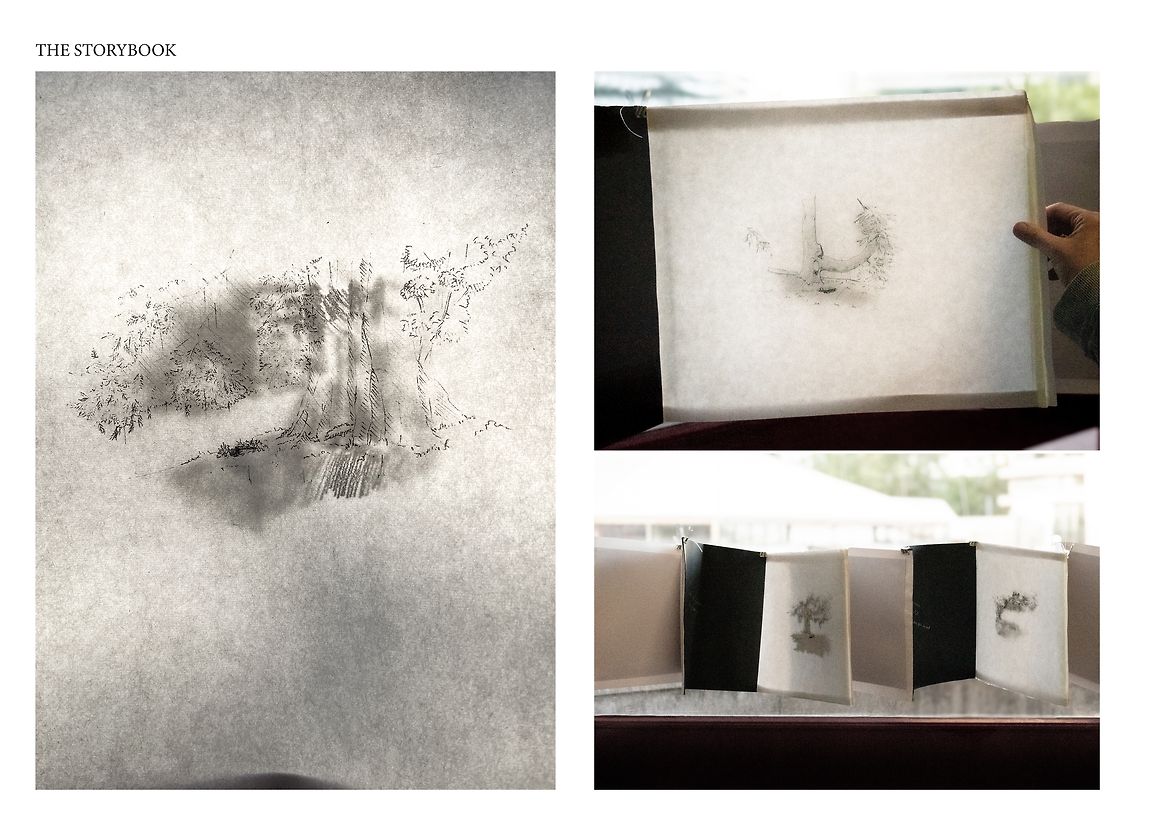
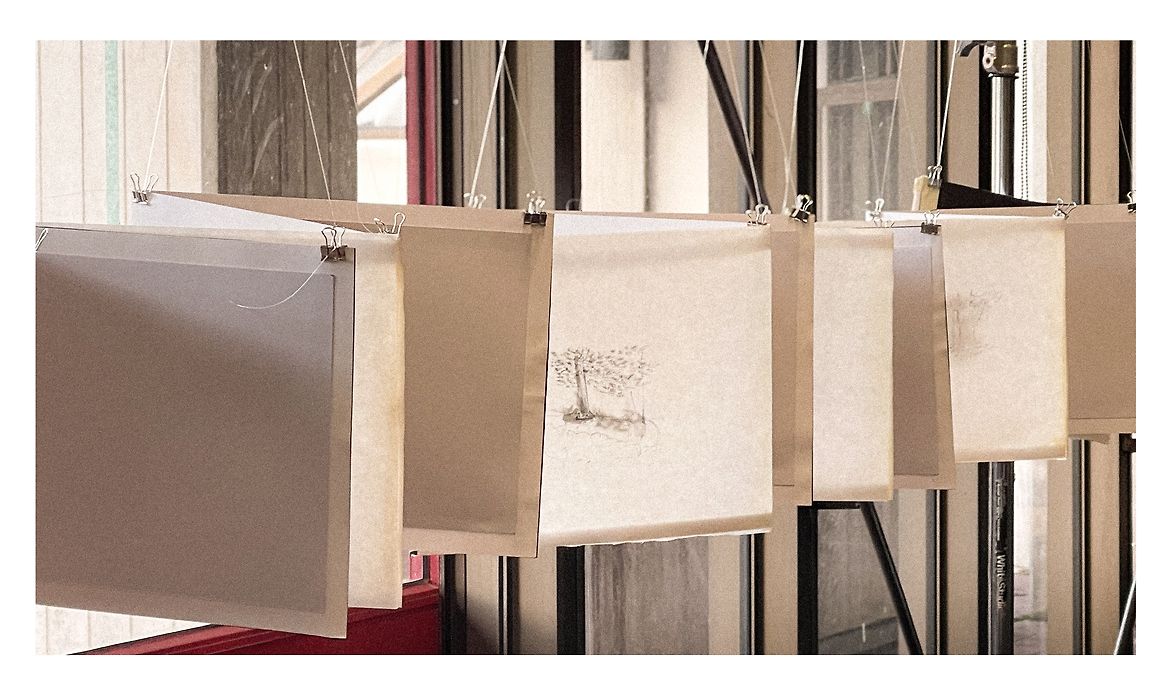

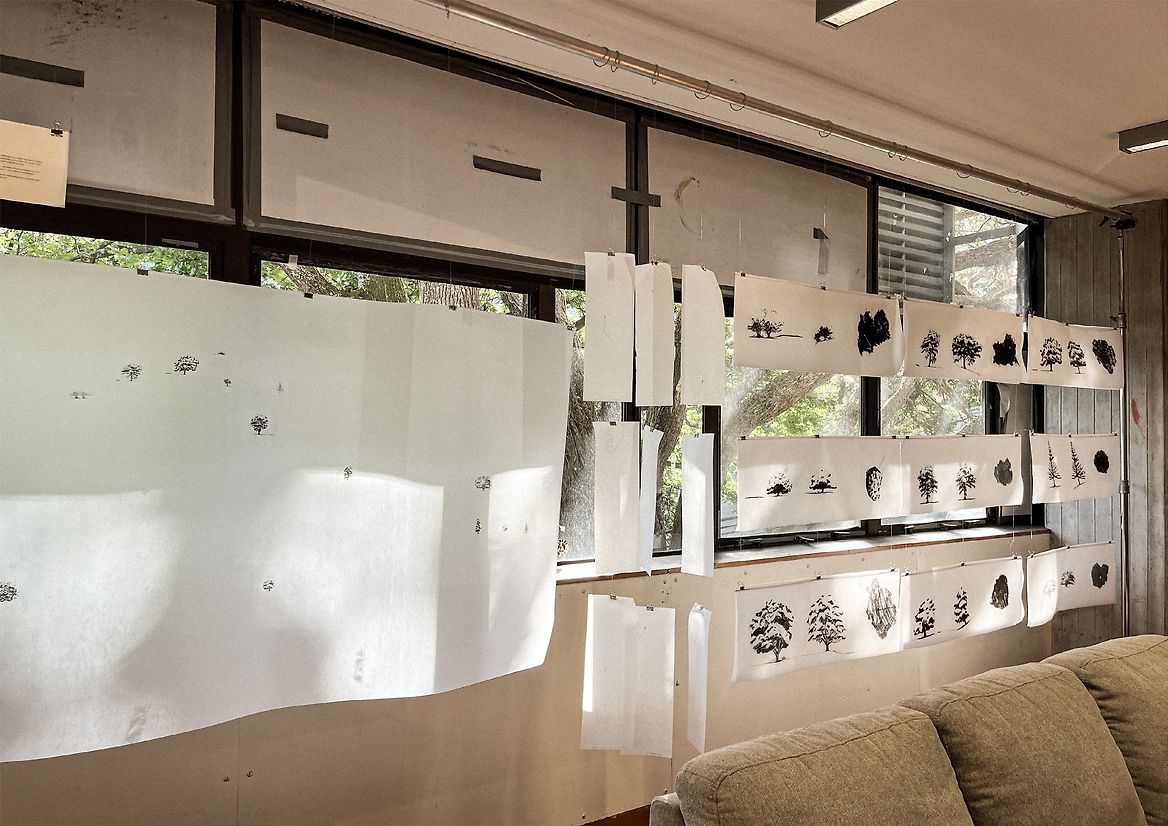
Description:
This thesis intends to carve out moments of silence and reflection amid Auckland’s bustling midtown, by proposing a narrative in which a grandparent and grandchild navigate the city streets, discovering softness and pause in the shadowy voids under protected or significant trees. I propose a set of subtle interventions under or alongside these trees and the mapping of an associated walking trajectory from tree to tree.
This thesis contrasts urban environments' frenetic pace and distraction with Ma, the Japanese concept denoting the restful 'interval' between spatial or temporal elements. According to Richard B. Pilgrim, Ma encompasses gaps, openings, pauses, and timing—manifested in spaces such as the intervals between walls or the rests between musical notes. Additionally, Ma carries a relational meaning, reflecting how people exist 'within, between, among, or in relationship to others.'
I connect trees and Ma, identifying the space beneath trees as a profound representation of this concept. By focusing on protected trees in Auckland, I emphasize their importance in creating peaceful, introspective environments, integrating Ma into architectural design to offer a fresh perspective on a human-scaled urban space.
The thesis integrates other reference points from Japanese culture and aesthetics, such as the poetic insights of Junichiro Tanizaki’s in Praise of Shadows and the evocative storytelling of Hayao Miyazaki’s films. In doing so, the thesis reinterprets the void — often seen as emptiness — as a realm of potentiality. It envisions spaces that embody the essence of Ma, offering retreats that contrast with the sterility of modern post-industrial liminal spaces by engaging with theories such as “junkspace” and “terrains vagues” (as described by Rem Koolhaas and Ignasi de Solà-Morales Rubío). Likewise, I draw from the architectural philosophies of Arata Isozaki, and Juhani Pallasmaa,— as well as from my treasured childhood memories of sitting beneath a pine tree.
By creating spaces of rest and reflection, the thesis aims to suggest alternative approaches to architectural design. It tries to propose an architecture with a different relationship to nonhuman nature, with certain emotional resonances that provide a respite from the relentless pace of modern life.
Judge's comments:
This poetic and beautifully illustrated thesis highlights the often-overlooked moments of stillness within a city’s restless flow. Through a narrative of intergenerational exploration, it reimagines the spaces beneath significant trees as sanctuaries of reflection, transforming overlooked voids into realms of possibility. Drawing on the Japanese concept of Ma and infused with cultural and philosophical references from Tanizaki to Miyazaki, the work reframes absence not as emptiness but as an architecture of pause, presence, and relationship. Its subtle interventions offer a compelling vision for human-scaled urbanism, one that harmonises with nature and invites contemplation in the heart of the metropolis.